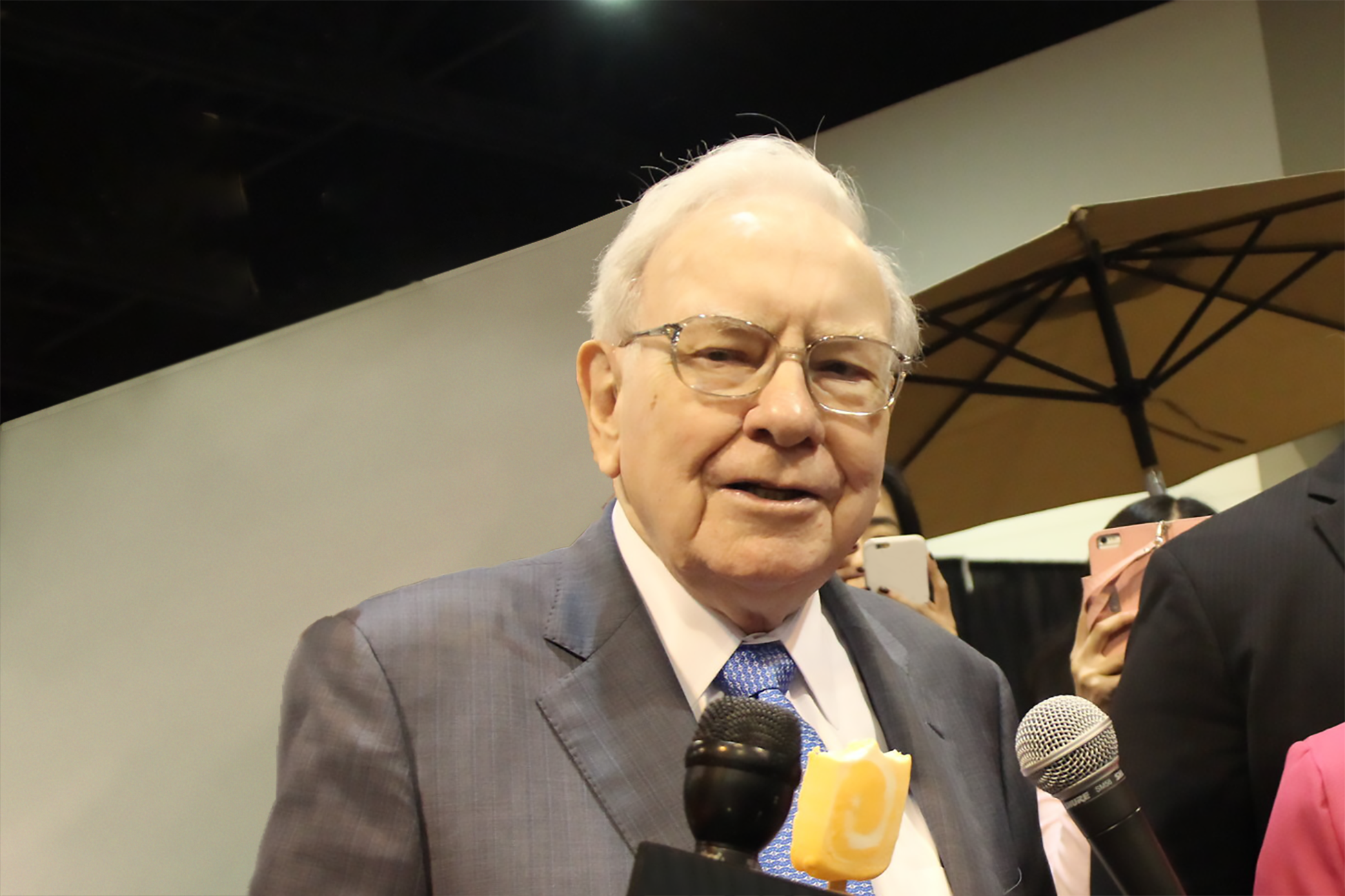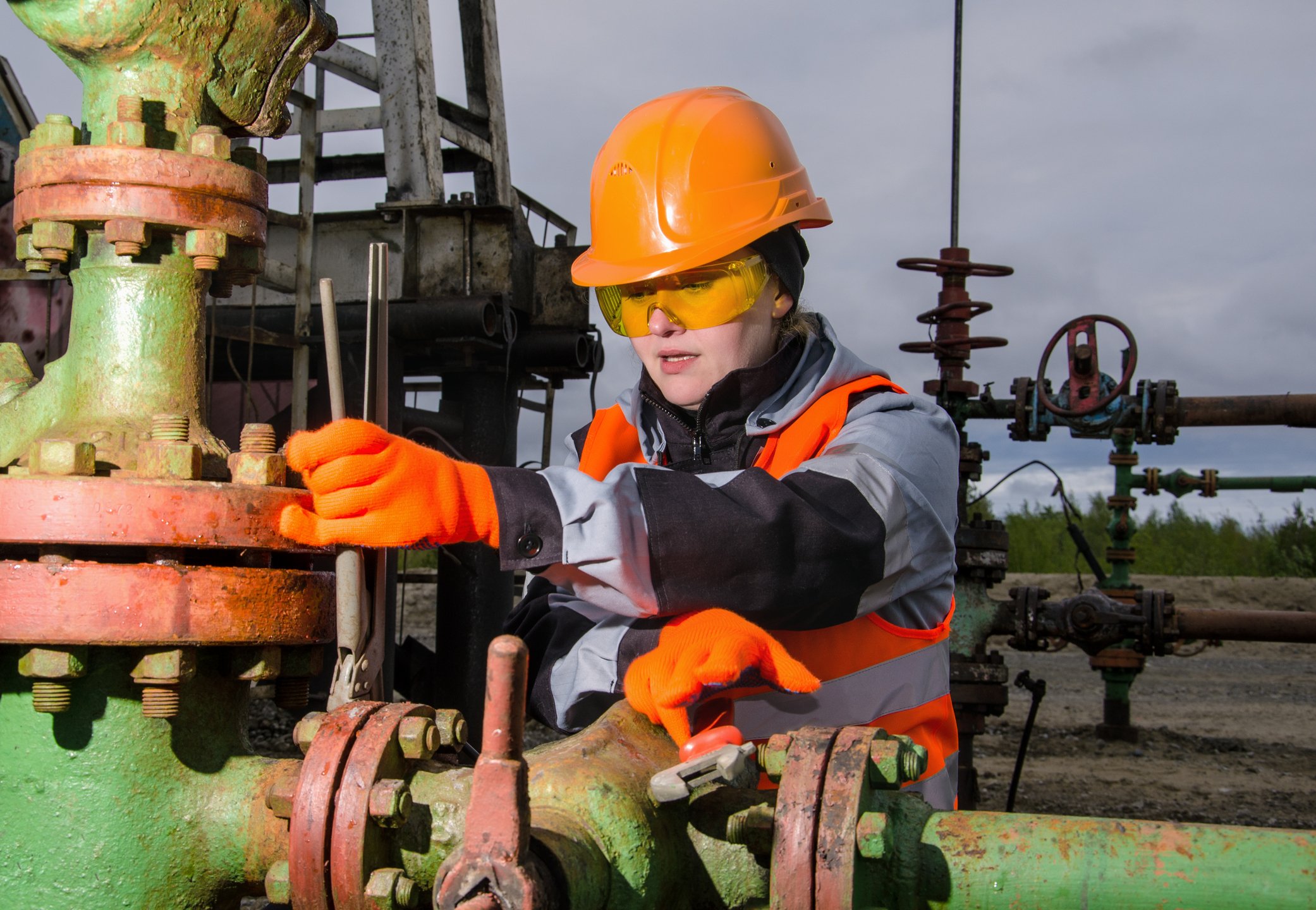
Image source: Total SA investor presentation.
For well over a year, Total SA's (TOT 2.02%) results have declined with the downturn in oil and gas prices, but along the way the company continued to show that it was setting itself up well for the future as it cut costs. This quarter, those efforts started to pay off as oil and gas prices started to rise. Let's take a quick look at the numbers as well as what Total plans to do now that it appears the worst is over for the oil giant.
Total's earnings: The raw numbers
| Metric | Q2 2016 | Q1 2016 | Q2 2015 |
|---|---|---|---|
| Sales | $37,215 million | $32,841 million | $44,715 million |
| Net income | $2,118 million | $1,621 million | $3,013 million |
| Earnings per share | $0.86 | $0.67 | $1.29 |
| Cash flow from operations | $2,882 million | $1,881 million | $4,732 million |
Data source: Total earnings release.
Compared to this time last year, Total's results don't look that great, but that should be expected in some ways. A year ago, the company's average realized price per barrel of oil was $58, while this quarter it was a more modest $43 per barrel. It's also worth noting that in the second quarter of 2015, Total had one of the most favorable environments for its refining and chemical segments in over a decade. The European Refining Margin Index at that time was $54.1 per ton of product, compared to a more average rate of $35 per ton this quarter. Here's a quick look at how the company's earnings broke down based on its business segments.

Image source: Total SA earnings release, author's chart.
One thing that goes a little understated in these results is the efforts the company has made to cut costs and remain profitable in this lower commodity price environment. When BP (BP 3.76%) reported its earnings earlier this week, the company's upstream production segment netted a $109 million loss even though its price realization per barrel of oil equivalent ($30.63) was just barely lower than Total's ($33.00).
What happened with Total this quarter?
- Total won a contract for a 30% stake in the Al Shaheen field off the coast of Qatar. The contract will be for 25 years and will net the company about 100,000 barrels of production. Total will take over from the previous owner of the contract starting in July 2017.
- Total and its partners in the Angola LNG facility shipped their first cargo in over two years this past June after a prolonged shutdown for repairs. However, the facility was shut down again in late July for scheduled maintenance and is expected to start back up again in September
- The company made an acquisition of retail and logistics assets in Kenya, Tanzania, and Uganda. The deal is part of the company's plan to have a 20% market share of retail stations across the African continent.
- Total ventured more into the alternative energy markets by making two acquisitions this quarter: Specialty battery supplier Saft and gas and electricity distributor Lampiris. The company intends to blend its investments in downstream gas, renewable energy, and energy efficiency into a new "Gas, Renewables & Power" business segment that will report as a separate segment.
- Total hydrocarbon production increased 5% compared to last year thanks to start-ups at Laggan-Tomore, Vega Pleyade, Moho phase 1b, Gladstone LNG, and Termokarstovoye that offset shutdowns related to security issues in Nigeria and wildfires in Canada.
What management had to say
Total's big priority over the past couple of years has been getting its cost structure under control. CEO Patrick Pouyanne went out of his way to highlight both the company's efforts to cut costs and capital spending:
Although still volatile, the Brent price has recovered since the start of the year and has averaged $46 per barrel in the second quarter 2016. Total captured the benefit of this rebound, and adjusted net income rose to $2.2 billion...Efforts to reduce operating costs are continuing to bear fruit and we will surpass the $2.4 billion cost reduction target for this year. In the first half, organic investments were $8.7 billion and are expected to be $18 billion to $19 billion for the year.
Looking forward
Total expects two more major start-ups in the rest of the year: Incahuasi in Bolivia and the long overdue Kashagan project in Kazakhstan. These two start-ups along with the continued ramp up of the other recent additions should increase production for the company by 4% this year.
10-second takeaway
The earnings results from Total are showing a company that is starting to turn the corner. Upstream production earnings are increasing with oil prices and operational costs are still coming down. Refining and chemical manufacturing was down a bit but still produced respectable results. We're probably a long way from the company's gas, renewables and power segment generating significant earnings results, but it's becoming enough of a business that investors will want to start watching how it performs.






